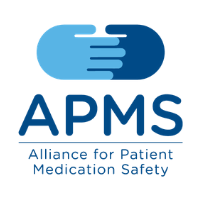June 30, 2020
Compounding meds for hospitals in shortage: the bigger picture
The Pew Charitable Trusts has an interesting article on 503B compounding and shortages. The question: Why are hospitals and physicians’ offices finding shortages of office-use compounded meds? Isn’t that what the 503B market is for?
As culprits, Pew pegs a lack of transparency in the 503B market (“I didn’t know where to find a 503B that sells it”), to manufacturing costs, to frustrating regs, to the ever-changing FDA shortages list.
One error, in this sentence: “Some pharmacy groups have questioned whether outsourcing facilities can meet the demands of health care providers and have argued that 503A pharmacies should also be permitted to supply office stock, despite the statutory requirement that they must FIRST obtain a patient-specific prescription.”
In fact, the statute only requires a patient-specific prescription; it does not address the timing of that prescription. It’s FDA, via a guidance for industry, that has attempted to require a prescription in all cases before dispensing.
And one other quibble: APC and its pharmacy association partners have in fact recommended that 503As be allowed to compound for office stock, but only within very tight guardrails, including (among other stipulations) that such compounding by 503As be allowed only in circumstances in which a physician or hospital demonstrates it cannot source the compounded drug from a 503B facility.
Check out “Market for Compounded Drugs Needs Greater Transparency and Regulatory Certainty” at https://fllw.me/2CS2LAF
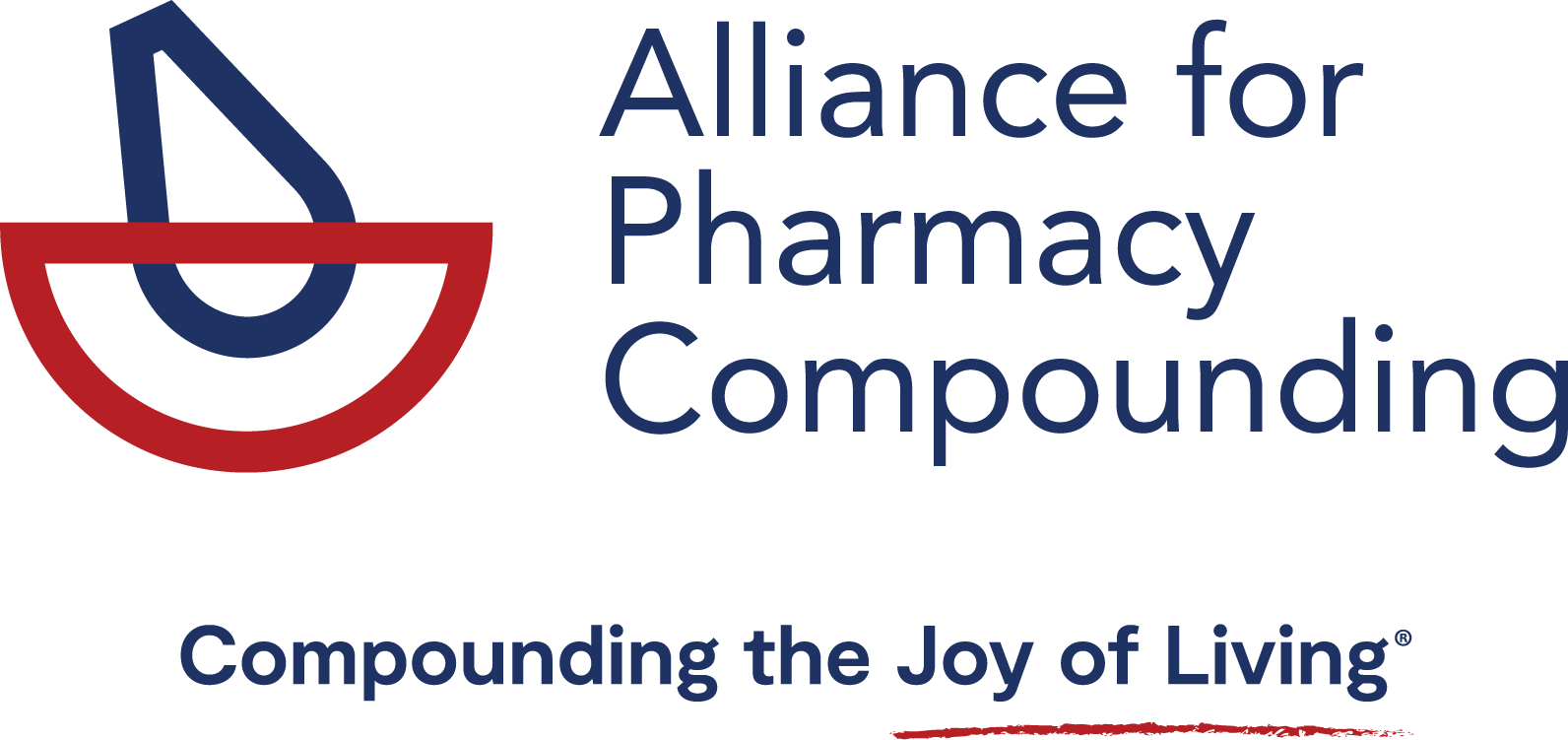

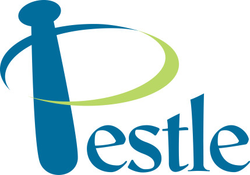


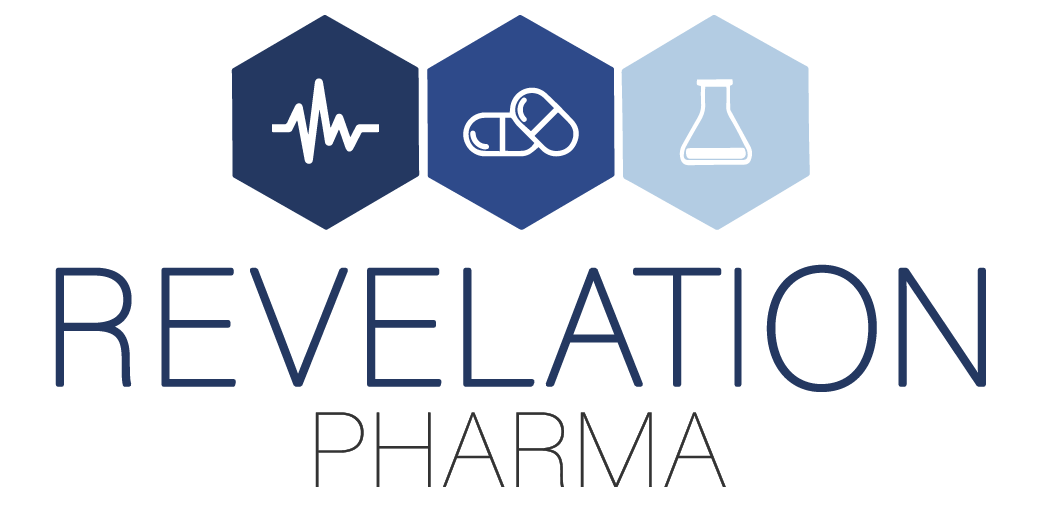






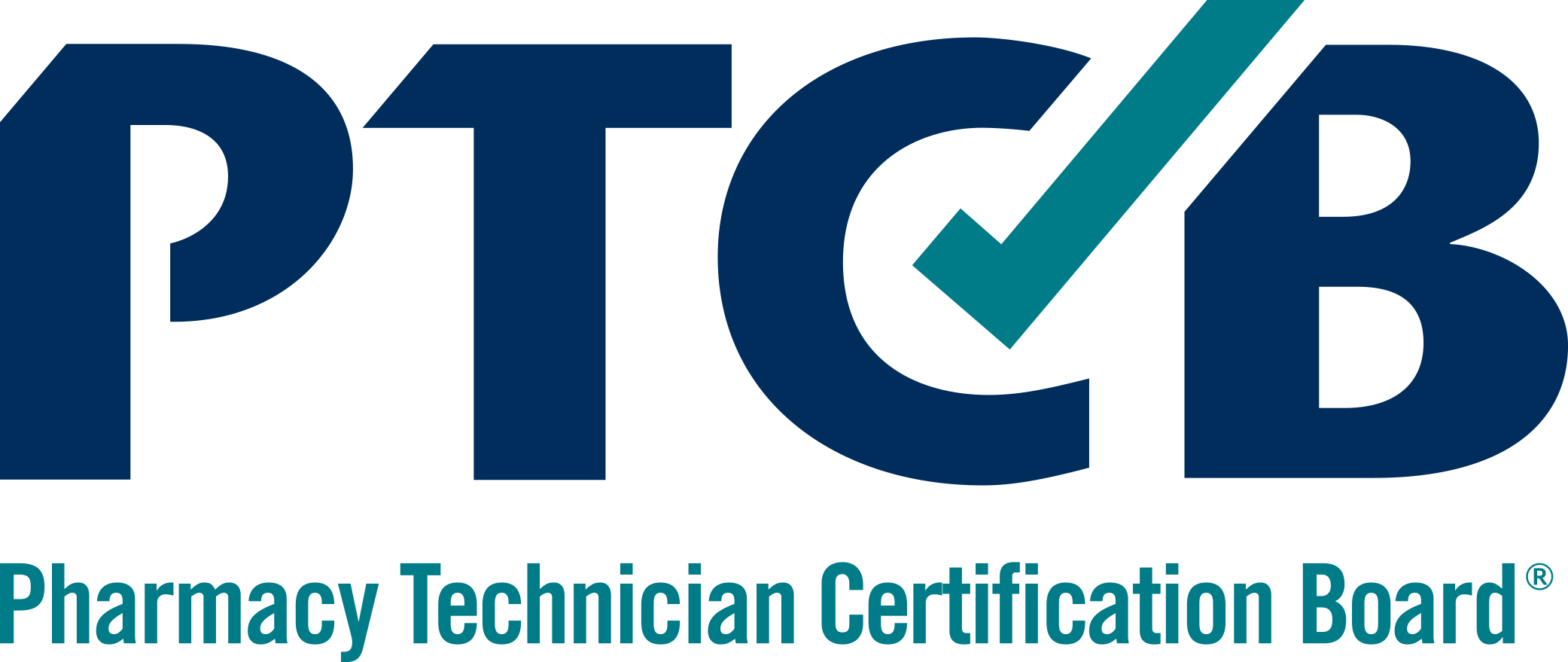




![Topi-CLICK a Division of TEAM Outlines[1]](https://a4pc.org/files/Topi-CLICK-a-Division-of-TEAM-Outlines1.png)







